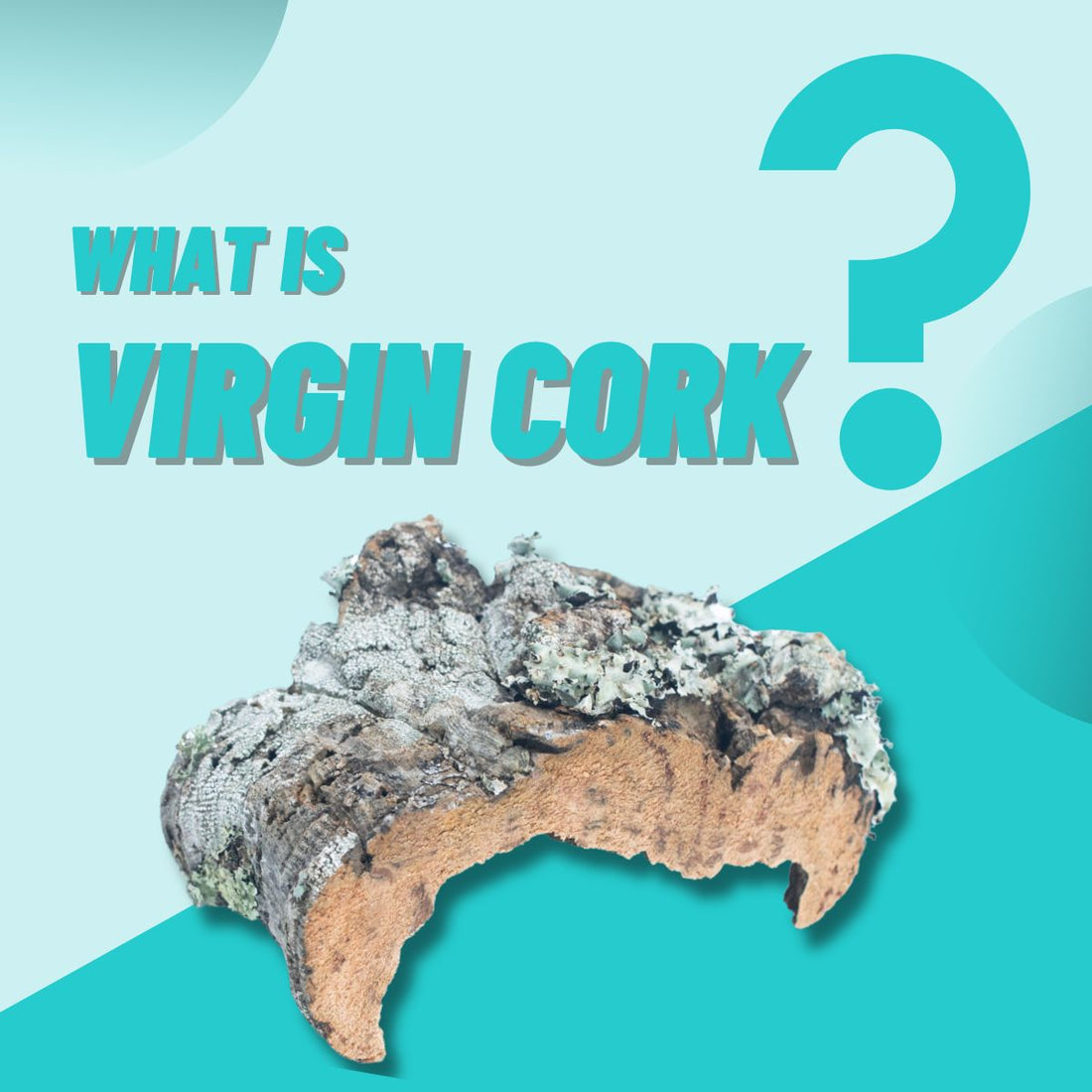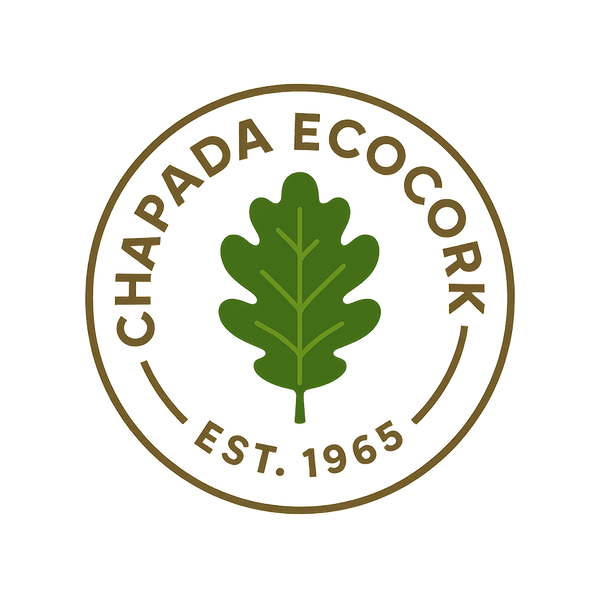
What is Virgin Cork?!
Share
In today's world, sustainability has become an integral part of our lives, influencing our choices from the food we eat to the products we use. One remarkable example of sustainable innovation is virgin cork, a natural material derived from the bark of the cork oak tree. Beyond its association with wine stoppers, virgin cork has evolved into a versatile and eco-friendly resource with remarkable properties. In this blog post, we will delve into the fascinating world of virgin cork, exploring its origins, sustainable benefits, and diverse applications.
The Origins of Virgin Cork
The cork oak tree (Quercus suber) is primarily found in the Mediterranean region, where it thrives in the warm climate and fertile soil. The bark of the cork oak is harvested every 9 to 12 years, following a process that has been refined over centuries.
Virgin cork comes from the first stripping of the tree, hence the name "virgin", which only happens after 25 years after the cork oak tree "birth". This initial harvest yields the highest quality cork, known for its pristine appearance and superior characteristics.
Normal Cork vs Virgin Cork
The main difference between virgin cork and regular cork lies in their sources and production processes:- Source: Virgin cork is derived from the first stripping of the cork oak tree's bark, whereas regular cork is typically made from recycled cork material. Virgin cork comes from the initial harvest, which yields the highest quality cork with a pristine appearance. Regular cork, on the other hand, is made by grinding and compressing recycled cork pieces.
- Quality: Virgin cork is often considered to be of higher quality compared to regular cork. It has a smoother texture, more uniform color, and fewer imperfections. Due to its pristine nature, virgin cork is typically used for applications where aesthetics and quality are important, such as premium wine stoppers and high-end products.

Virgin Cork Incense Holder
- Sustainability: Both virgin cork and regular cork have sustainable attributes. However, virgin cork is generally considered more sustainable because it comes from the first stripping of the tree's bark, allowing the tree to regenerate and produce more cork. Regular cork, while still eco-friendly due to its recyclability, relies on the reuse of already harvested cork material.
- Applications: Virgin cork and regular cork have various applications, but they are often suited for different purposes. Virgin cork is commonly used for premium wine stoppers, high-quality flooring, wall coverings, and luxury fashion and design products. Regular cork, with its recycled nature, is commonly used for less premium applications, such as lower-cost wine stoppers, bulletin boards, and insulation materials.


